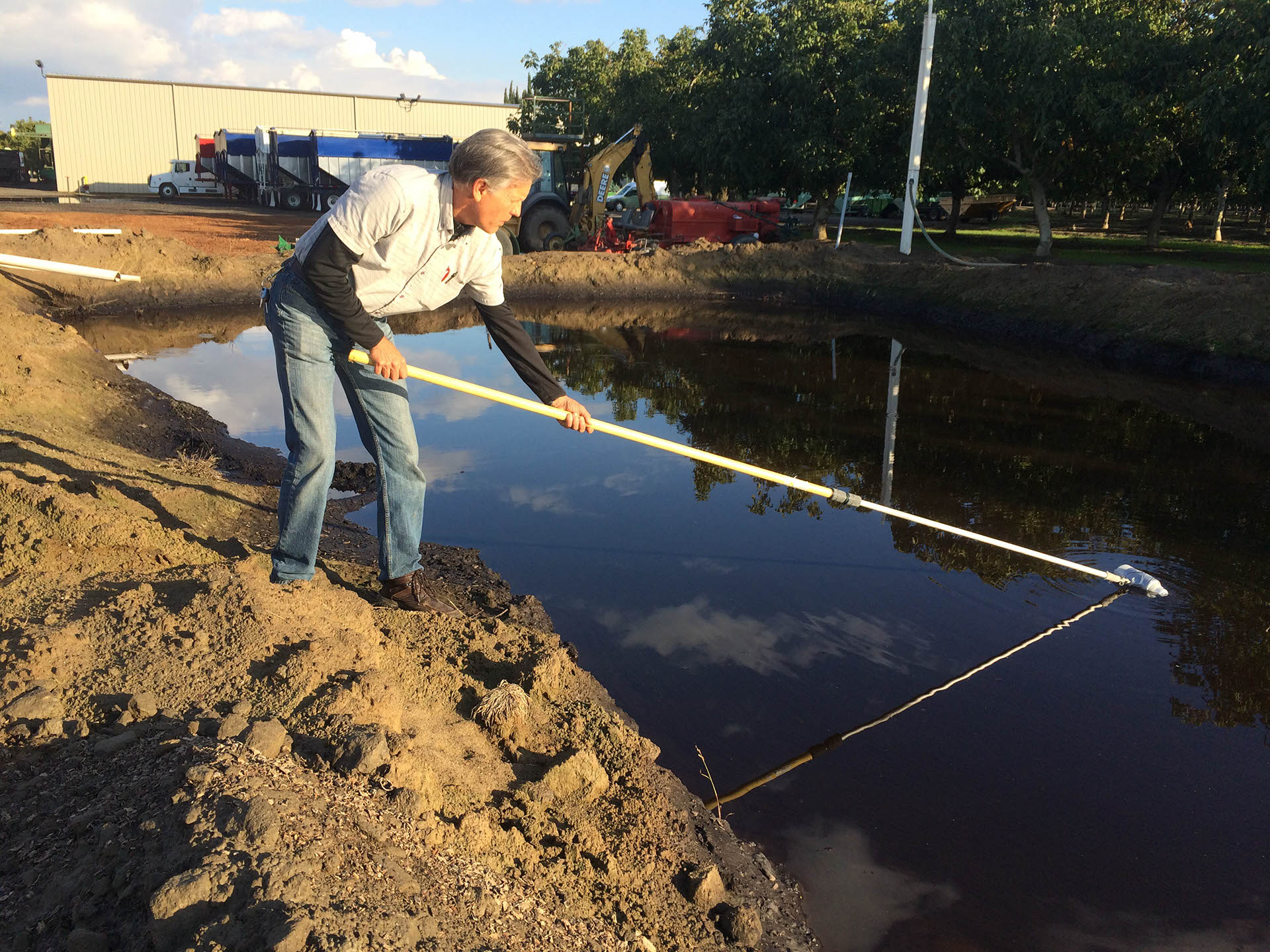
Over the past year, the agricultural industry has observed as the Central Valley Regional Water Quality Control Board (Regional Board) make sweeping changes to discharging regulations specific to agricultural regions and specific processing facilities. With the passage of SB 200 – Safe Drinking Water Fund (Monning), as well as the passage of the Central Valley Salinity Alternatives for Long-Term Sustainability Program (CV-SALTS) by the Regional Board, water quality and discharges from agricultural operations are now even further under the microscope. Late last year, a notice was sent to interested stakeholders that the Regional Board would be taking up a vote on an agenda item targeting small wineries, walnut hullers and other food processors to try and bring these facilities under the scope of the Waste Discharge Requirements Program (WDR’s).
The waiver noticed by the Regional Board had been originally presented several years ago as a means to bring the listed facilities into compliance with current WDR-regulated industries. While the waiver is not an automatic WDR program, the waiver would lay the regulatory groundwork for the future program. In other WDR-applicable industries, the programs can be overarching, and require permit holders to comply with numerous conditions. Conditions include quarterly groundwater sampling conducted by a licensed lab, extensive discharge pond design requirements, free board limits of that pond, as well as a substantial yearly fee determined by a facilities’ threat potential to the groundwater basin below. The fees associated with WDR programs have risen by over 160 percent in a 6-year period, and State Water Board staff anticipates having to increase these fees to cover State Board payroll with the increased workload of additional industries. The fees easily reach thousands of dollars every year, with no sign of reductions or increase limitations in the near future.
This waiver would separate facilities into tiers based on the amount of water that these facilities discharge in a given season. This tiered value will also be utilized to determine the yearly waiver fee charged to those facilities to remain active and in compliance, with the highest tier paying the highest amount. The waiver would also include free board limitations for the pond, much like the WDR program. Per-acre limits on discharges of both water and solid constituents found inside of the pond could be applied to a facility’s ground or agricultural fields. Another alarming aspect of the waiver includes the requirement that all discharged water contained within the pond must be removed and utilized prior to Dec. 31 of a given operating year. With the threat of the Sustainable Groundwater Management Act (SGMA) looming over producers, this waiver would not be workable for the industry.
We at the Western Agricultural Processors Association (WAPA) have been working on this specific Walnut Huller Waiver issue since the proposal. On this latest effort, WAPA put together a letter of opposition, one of only two responses submitted to the Regional Board. Regional Board representatives quickly reached out to WAPA and opened discussions on the opposition letter, highlighting that this current effort was a continuance of the current waiver format. It also noted that a future WDR effort would be worked on as required by the passage of SB-200 and the passage of the CV-SALTS program. Within the current waiver language, the Regional Board admits having limited or no information on the actual make-up of walnut huller discharge water.
This point was also an emphasis during the first waiver proposal, and so WAPA had previously volunteered to sample four walnut hullers to identify the makeup of water they were using. For four years, WAPA conducted the sampling protocol, looking at well water, as well as several samples of the discharge pond throughout the season to see the difference. Sampling also included walnut hulls since they were included in the regulatory language. This sampling is the only known data of walnut huller discharge water. WAPA is hopeful that this information will help reduce the potential regulatory burden that could be placed on walnut hullers throughout the Central Valley region, and also help craft a more workable program. Stay tuned for more updates.










